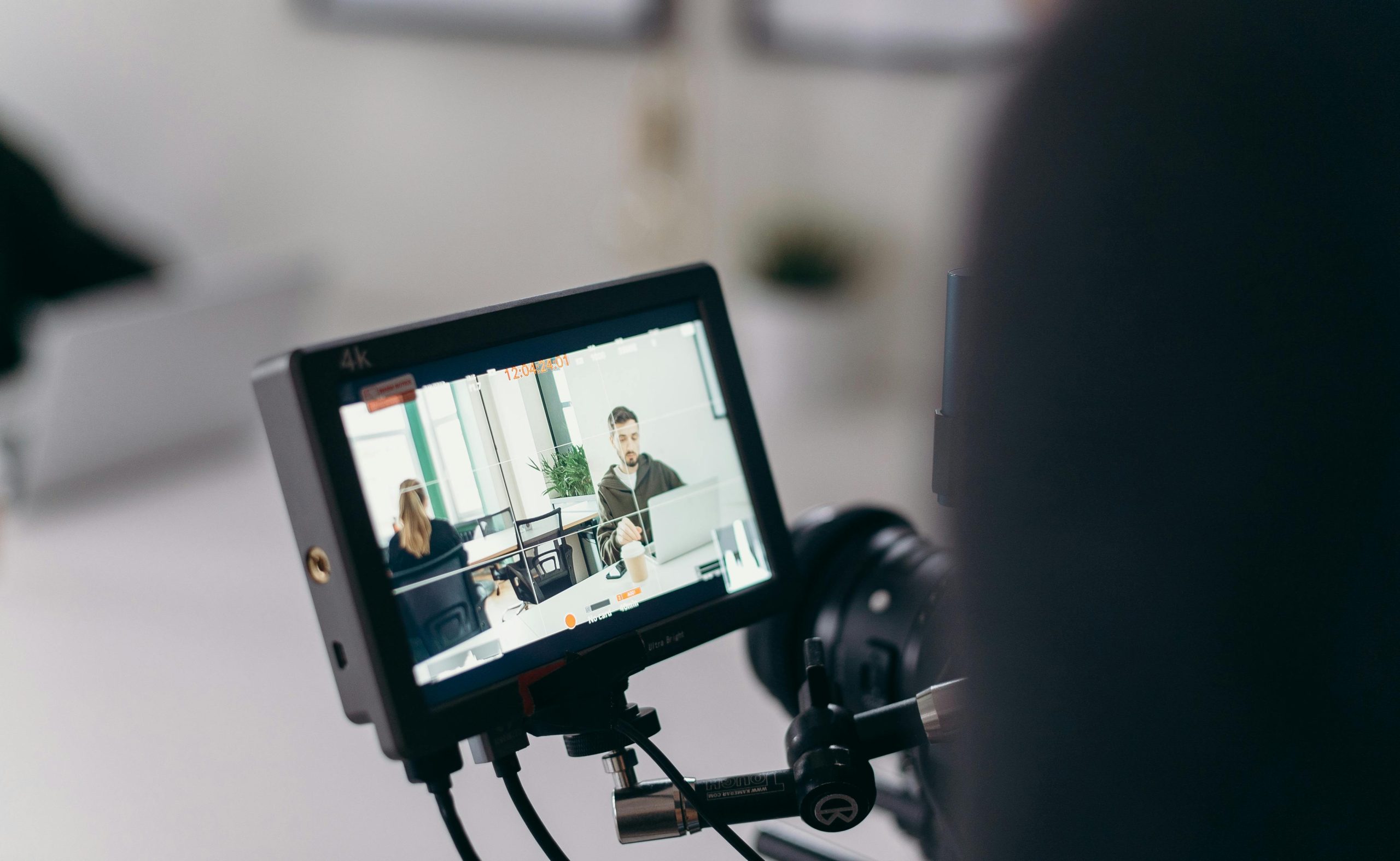Troubleshooting a Newly Assembled PC with No Video Output and Non-Functional USB Ports
Building a new PC can be an exciting experience, but it sometimes comes with unforeseen challenges. Recently, a user shared their experience of assembling a custom PC that, upon connection, fails to display video output and has unresponsive USB ports. Here’s an in-depth look at their setup, the troubleshooting steps they’ve taken, and potential solutions to resolve these issues.
System Specifications
- CPU: AMD Ryzen RX 5600X
- Graphics Card: NVIDIA RTX 4060 Ti
- Power Supply: Corsair RM750e (750W)
- Motherboard: Gigabyte B550M K
- Memory (RAM): 2x16GB Silicon Power Value Gaming DDR4
Initial Troubleshooting Efforts
The user has disassembled and reassembled the components multiple times, aiming to identify and resolve the problem. Key troubleshooting actions included:
-
Reseating RAM Modules:
Adjusting the placement of RAM modules to ensure proper seating, which did not resolve the issue. -
Resetting CMOS:
Bridging the CMOS reset pins to clear the BIOS settings, which also did not restore functionality. -
Attempting Video Output:
Connecting HDMI from the GPU and motherboard (integrated graphics), with no display output. -
Power and Connectivity Checks:
Verifying connections for power and data, including front and rear USB ports, which remain unresponsive.
Additional Considerations
Interestingly, the user mentions that both the CPU and GPU are from an older PC. While this typically isn’t a problem, it’s worth noting that incompatible or faulty hardware can contribute to boot issues.
Potential Causes and Solutions
Given the symptoms—no video display and non-functional USB ports—several underlying issues could be at play:
- Hardware Seating and Connections:
- Double-check all power connections from the PSU to the motherboard (24-pin and 8-pin CPU power).
- Ensure the GPU is properly seated in its PCIe slot and external power connectors are secured.
-
Confirm front panel USB and audio headers are correctly connected on the motherboard.
-
BIOS/UEFI Configuration:
- Reset CMOS again, perhaps using the motherboard jumper or removing the CMOS battery for a few minutes.
- Check if the motherboard displays any error LEDs or codes during startup to diagnose hardware issues.
3
Share this content:



